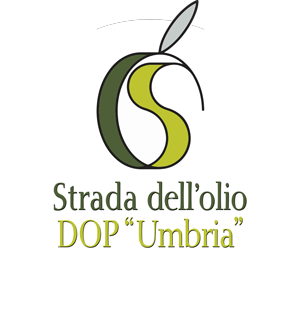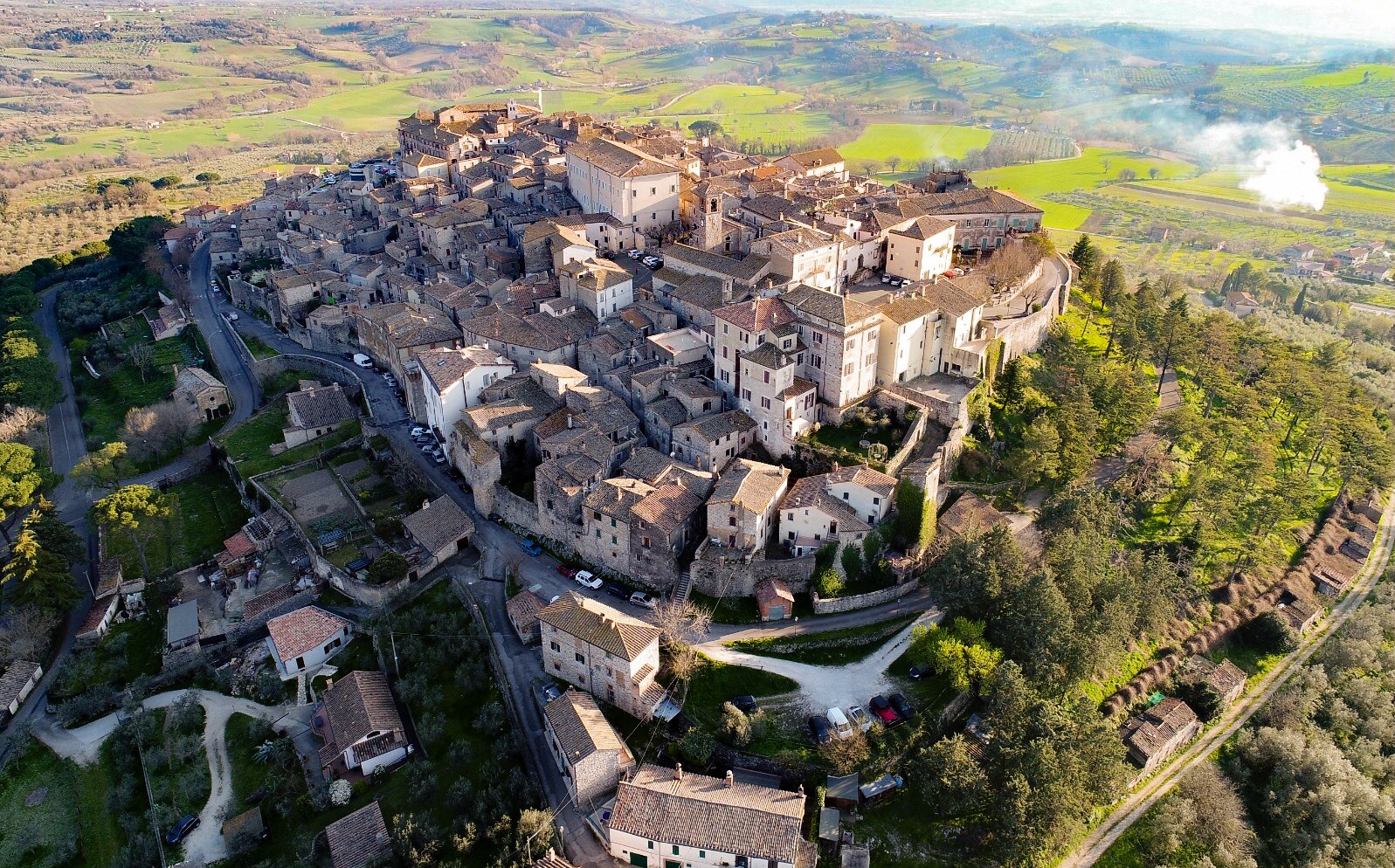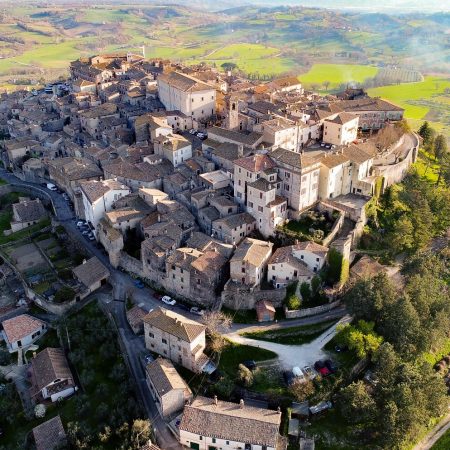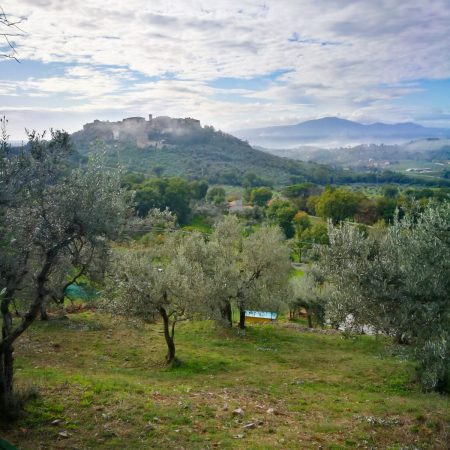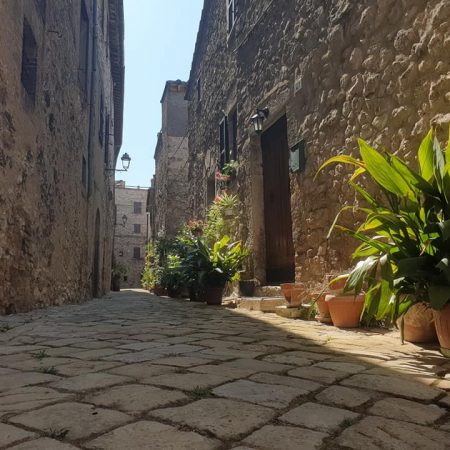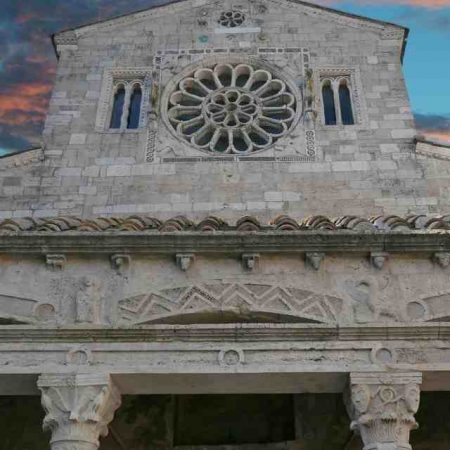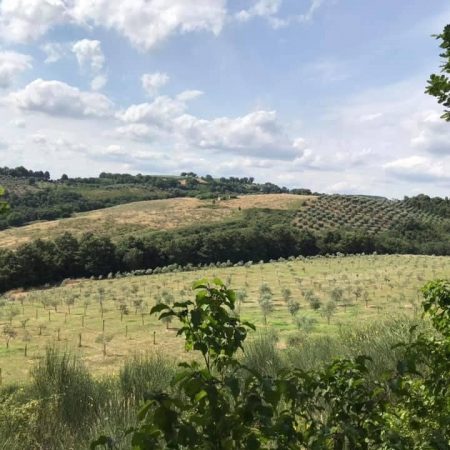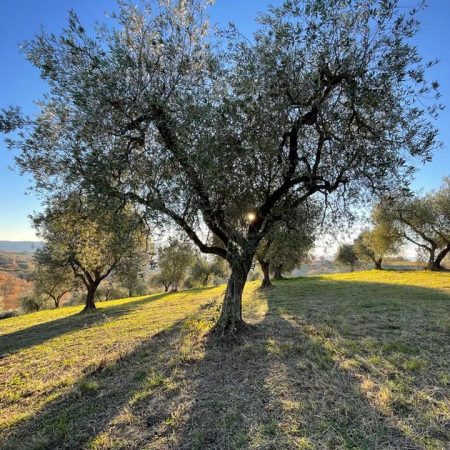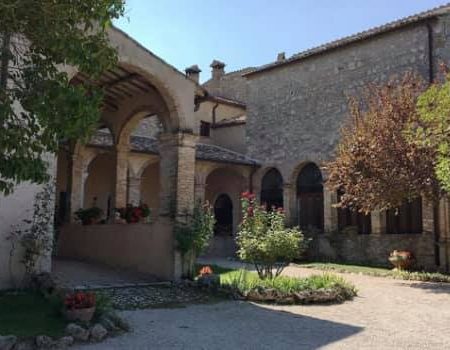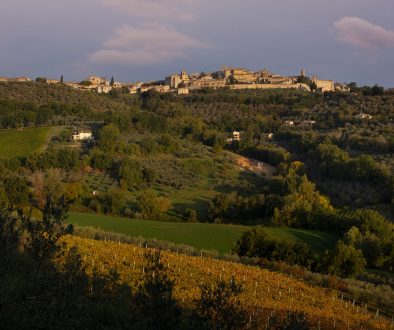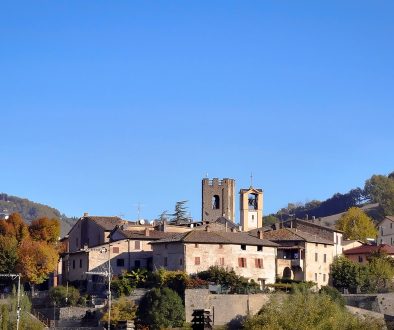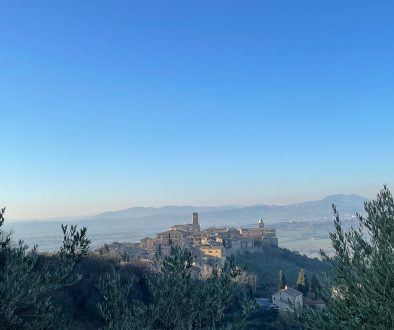The village of the Olea Mundi World Collection
From the moon-shaped hill on which Lugnano stands, you can admire the bend of the Tiber River, which flows through the beautiful countryside that, from the convent of San Francesco, evokes ancient sweetness.
Lugnano in Teverina is framed by evocative hilly landscapes. One of the most beautiful villages in Italy, located in Umbria in the Tiber Valley, from which it takes its name, it retains a typically medieval urban appearance, with its surrounding walls, ancient buildings, and its towers; one of the most beautiful, by virtue of its integrity, is the “Torre della Palombara,” so called because of a stone sculpture on it depicting a dove, symbolizing an ancient legend according to which the inhabitants of Lugnano in Teverina were warned of the enemy’s arrival by the flight of a dove, and thanks to it, they had time to organize themselves to repel the invaders.
The village is a maze of narrow alleys, stairways, and arches that still retain their 16th-century place names. The 16th-century Palazzo Farnese-Ridolfi, also known as Palazzo Pennone due to its size and dominating position over the rest of the town, stands out in the village. It is the seat of the municipality and is certainly the most elegant building in the historic center, with its ashlar and travertine portals. It is curiously divided down the middle by a gallery of the same name.
But the true jewel in Lugnano in Teverina’s crown is the Church of Santa Maria Assunta, one of the most notable examples of Romanesque architecture in all of Umbria. Built between the 11th and 12th centuries on the site of a pre-existing parish church, it stands in all its magnificence overlooking a secluded square. Its façade culminates in a sculpture of an eagle, a heraldic motif of Innocent III, who commissioned its construction, and is decorated with a rose window flanked by two mullioned windows. It is also enriched at the base by a beautiful portico resting on smooth, twisted columns. The band connecting the segmental arches is decorated with Cosmatesque motifs depicting the Evangelists.
The interior is also noteworthy: the altar contains an alabaster Crucifix dating back to the 15th century, and in the apse, a 16th-century triptych and an interesting Crucifixion from the Giotto school.
Olive oil and olives have long been a key focus of its production, so much so that since 2014 it has been home to “Olea Mundi,” a global olive tree collection comprising approximately 1,200 trees, including over 400 accessions from 23 olive-growing countries in the Mediterranean, the Middle East, and new growing areas. The collection includes 263 Italian varieties from nearly every region of Italy, 128 varieties from around the world, and 60 minor varieties from the Umbria region.
The region’s flagship product is extra virgin olive oil; the area falls within the production area of the Umbria DOP, Colli Amerini.
Tourist Information Office:
Piazza Santa Maria tel. +39 0744 900072
Comune di Lugnano in Teverina (Tr):
via Umberto I, 36
tel. +39 0744 902321
